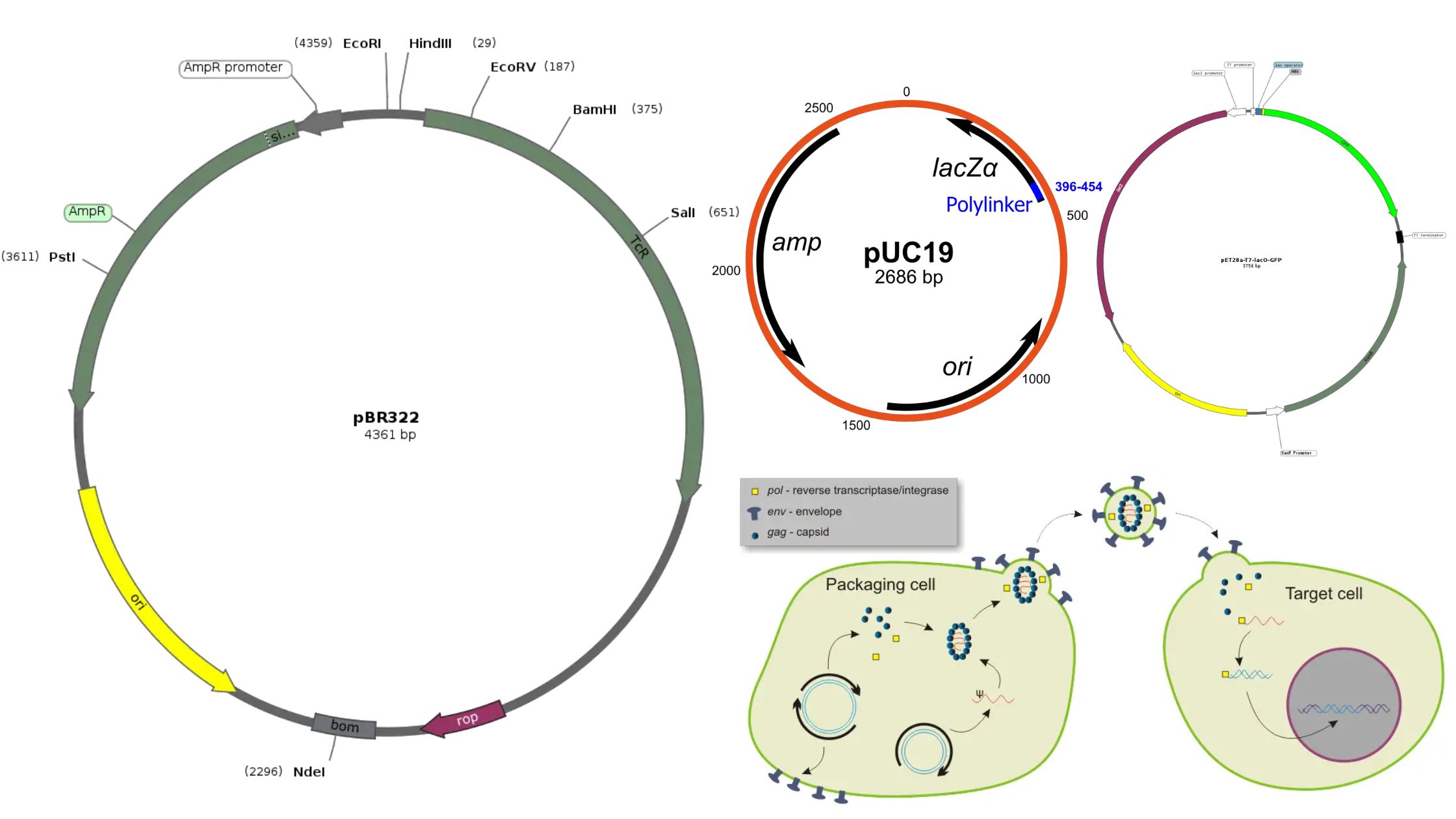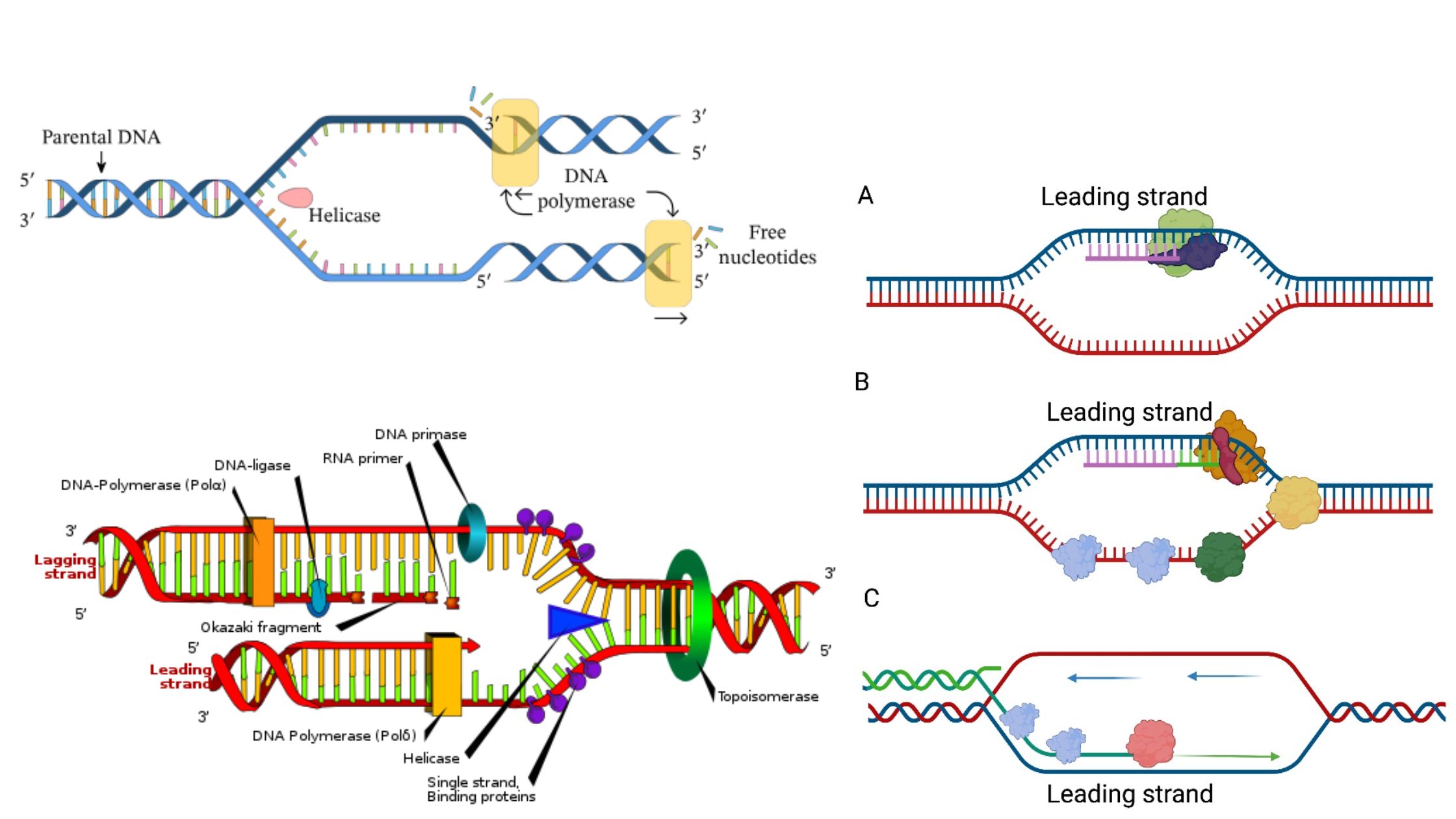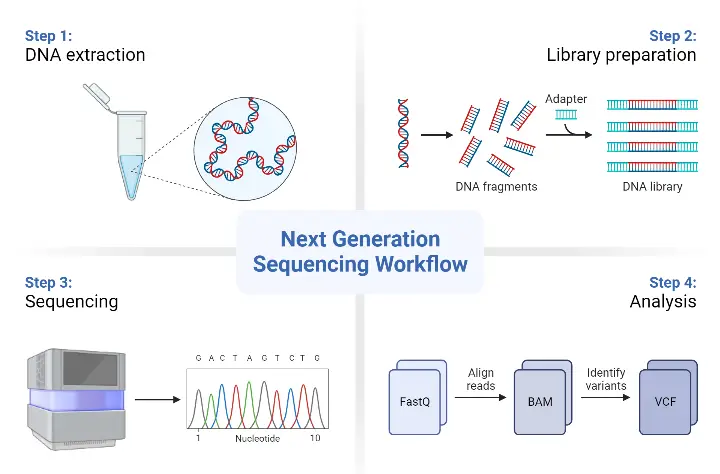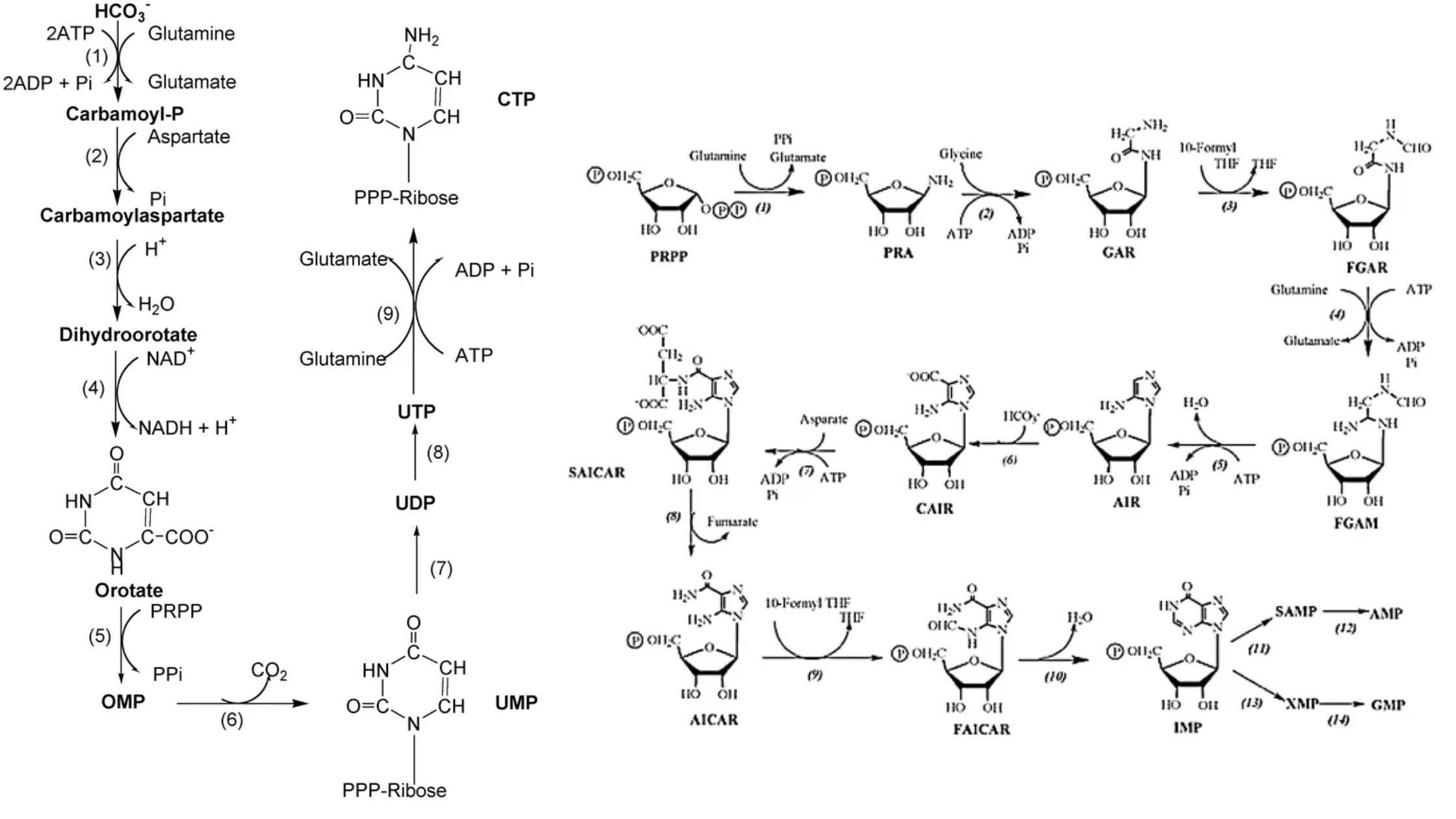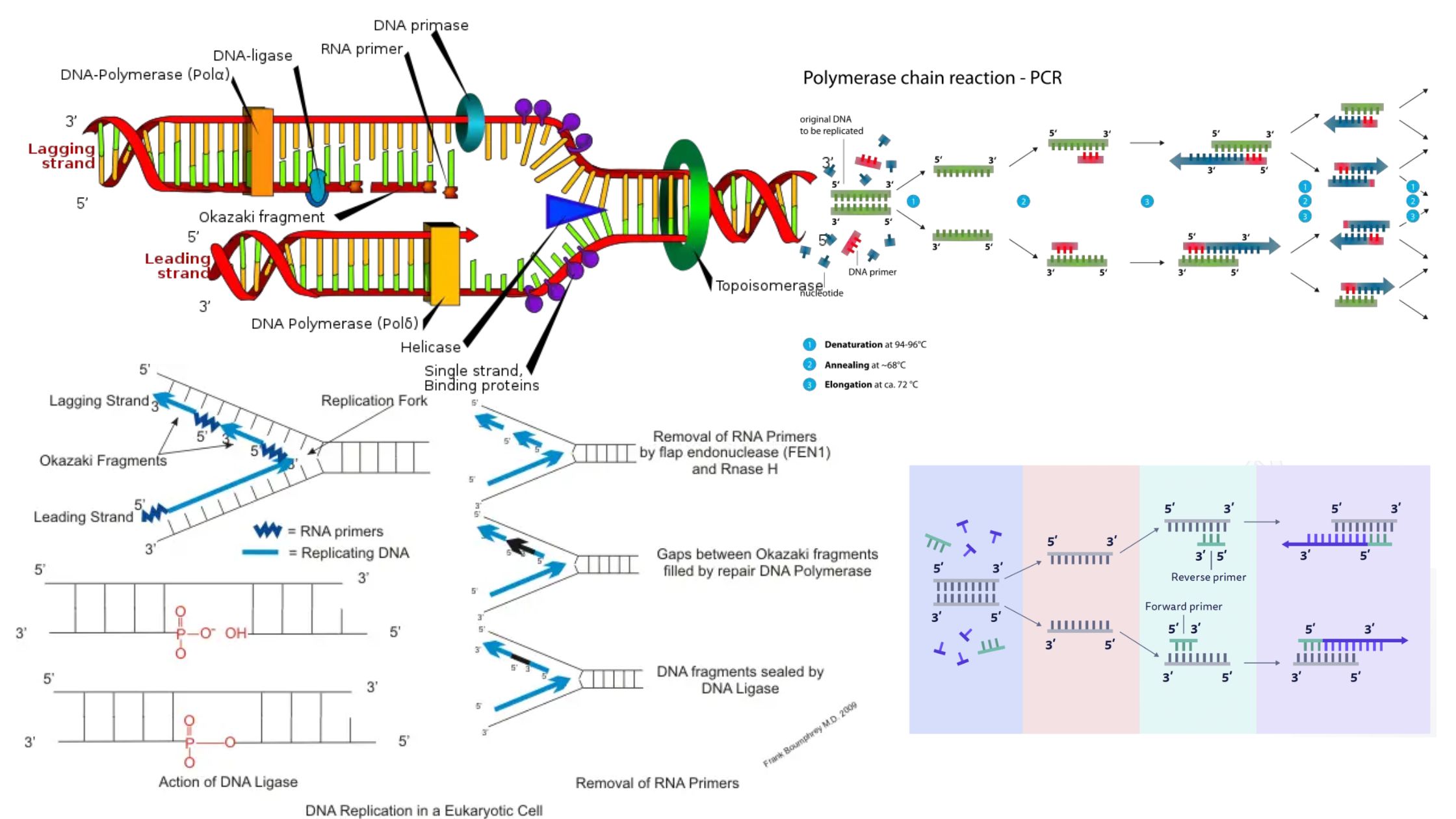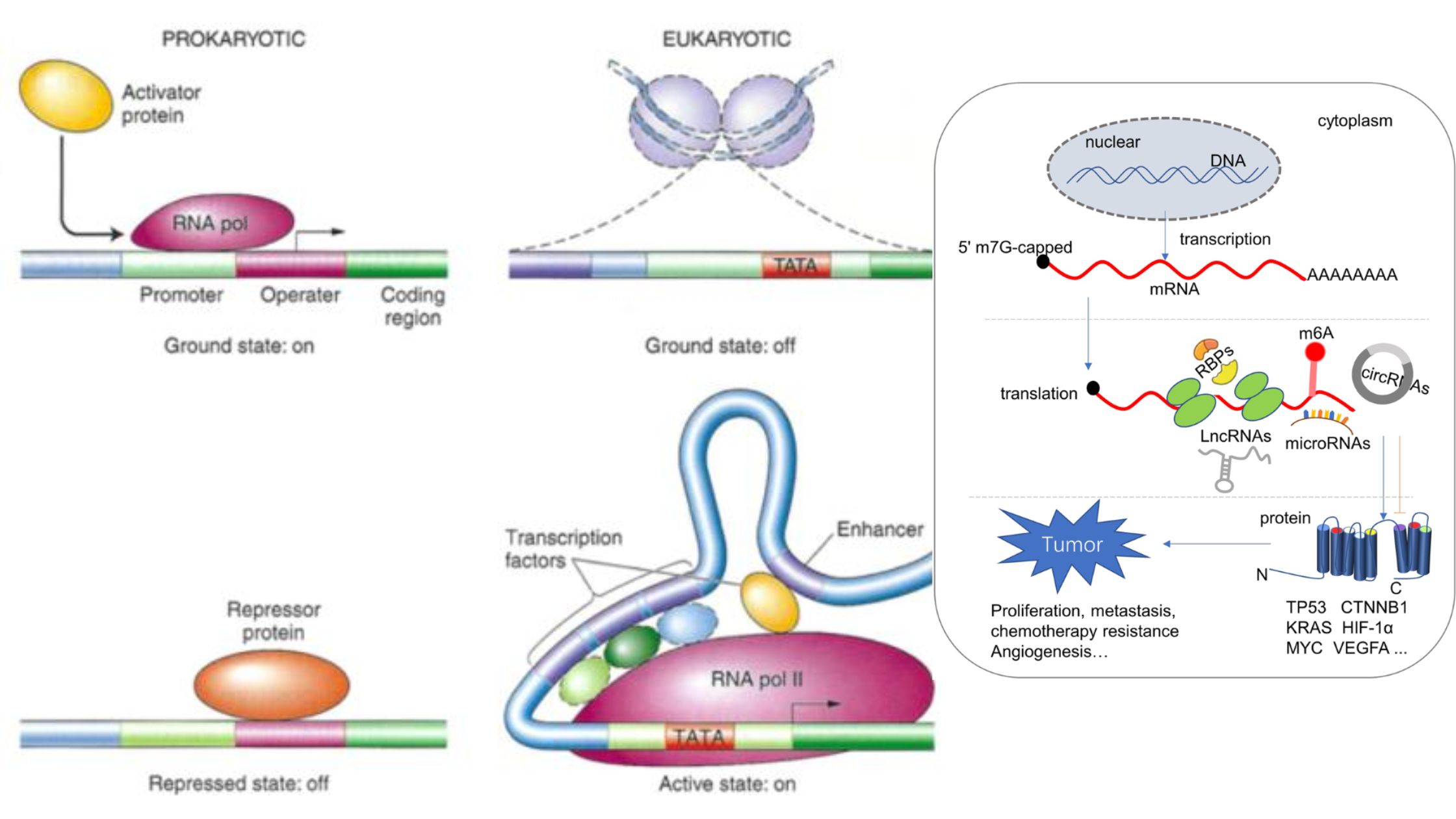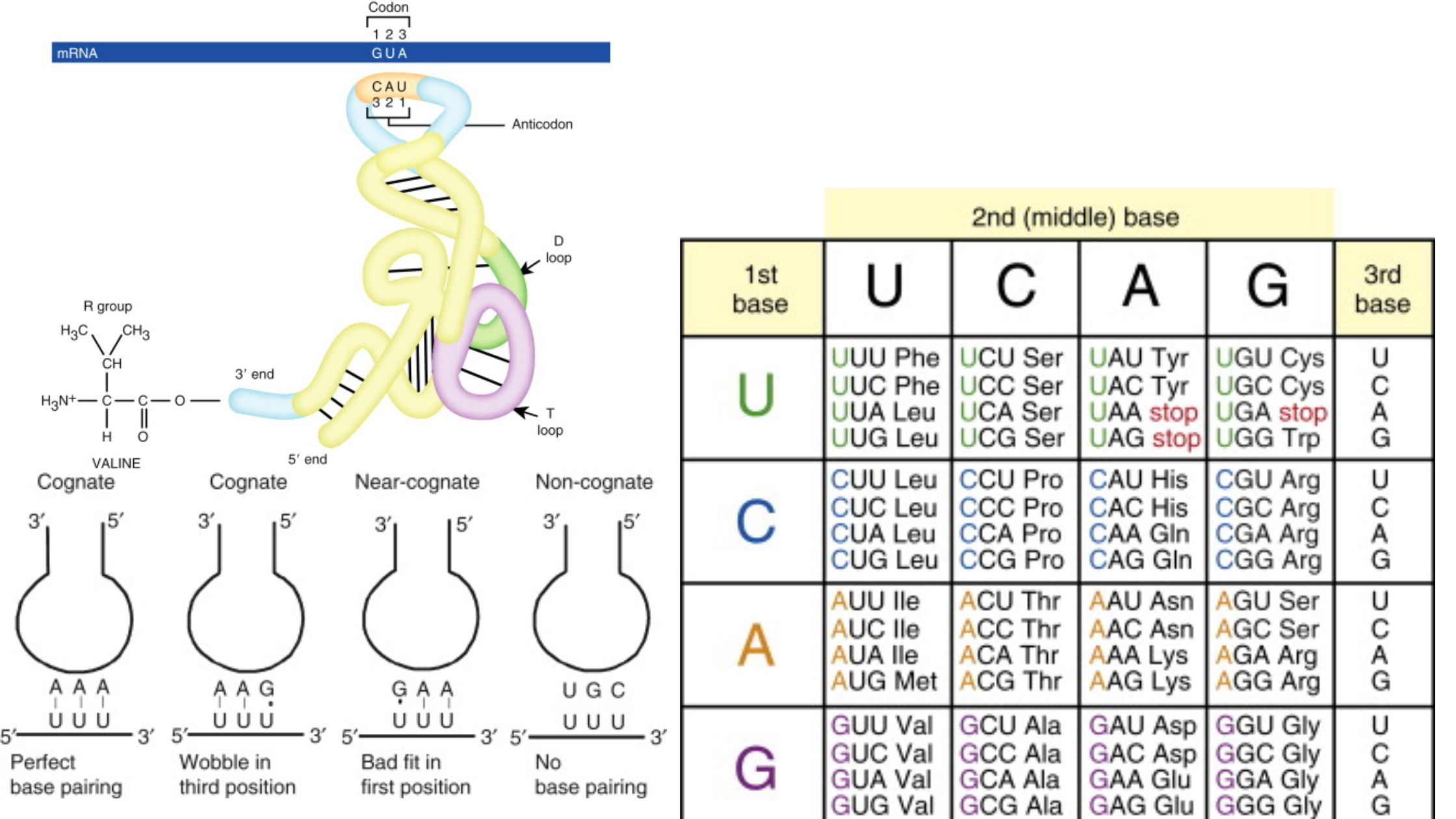Vector – Definition, Examples, Characteristics, Types, Applications, Limitations
What is a vector in biology? Vector Definition A vector is a DNA molecule or genetic material used to transfer specific genetic information between cells in molecular biology and genetic engineering. Characteristics Features of vectors The following outlines the key features and functions of vectors, providing insights into their design and effectiveness. Types of vectors … Read more
